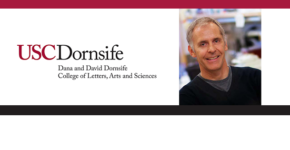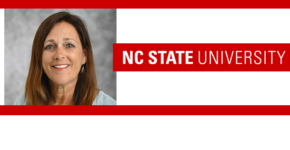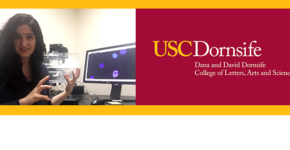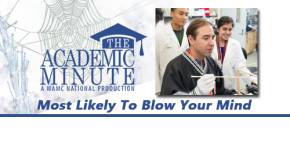Tag: biological sciences
-

Erin Tuttle, Assumption University – Sunlight: An Aid in Removing Plastic Pollution
On Assumption University Week: Removing plastic pollution could be critical to our future. Erin Tuttle, assistant professor in the department of biological and physical sciences, explores how. Erin Tuttle is an Assistant Professor in the Department of Biological and Physical Sciences at Assumption University. Her primary area of research focuses on environmental processes involving anthropogenic…
-

Donald Arnold, University of Southern California Dornsife – Mapping Synapses and the Future of Memory Treatments
On USC Dornsife Week: How are memories formed? Donald Arnold, professor of biological sciences and biomedical engineering, takes us a step closer to finding out. Professor Arnold is the principal investigator at the Arnold Laboratory and professor of Molecular and Computational Biology and Biomedical Engineering at USC Dornsife. He received his Ph.D. Biomedical Engineering from…
-

Erica Kosal, North Carolina State University – The Importance of Developing Students’ Critical Thinking Skills
How important is thinking creatively for students? Erica Kosal, director of the life sciences first year program and associate teaching professor of biological sciences at North Carolina State University, discusses this. Erica loves teaching biology and helping students find their niche in college and fit for a major. As a teaching faculty member at NC…
-

Irene Chiolo, USC Dornsife College of Letters, Arts and Sciences – First Responders In The Body
On USC Dornsife Week: Who are the first responders for damaged cells in your body? Irene Chiolo, assistant professor of biological sciences, looks into the body to find out. Irene Chiolo is an Assistant Professor of Biological Sciences with the USC Dornsife College of Letters, Arts and Sciences. She and her team investigate heterochromatin, the…
-

Wendy Turner, University at Albany – Understanding Why Anthrax Outbreaks Occur
On University at Albany Week: Why are some anthrax outbreaks worse than others? Wendy Turner, assistant professor of biological sciences, looks at the factors that may lead to worse outbreaks. Wendy Turner is an assistant professor of biological sciences at the University at Albany. She runs the Turner Lab, which conducts research into the ecology…
-

Jennifer Hurley, Rensselaer Polytechnic Institute – Circadian Clock Disruption
How important is it to be in tune with your circadian clock? Jennifer Hurley, assistant professor of biological sciences at Rensselaer Polytechnic Institute, delves into this question. Dr. Jennifer Hurley received her B.S. from Juniata College in 2004 in Molecular Biology and her Ph.D. at Rutgers/UMDNJ for studying the function of Toxin-Antitoxin modules. She completed…
-

Chris Austin, Louisiana State University – DNA from Museum Specimens
Can you extract DNA from museum specimens? Christopher Austin,associate professor in the Department of Biological Sciences and head curator of amphibians and reptiles in Museum of Natural Science at Louisiana State University, explores a new way to gather information on the past. I completed my undergraduate degree at the University of California at Davis and…
-

Molly Cummings, University of Texas at Austin – Fish Skin Provides Invisibility in Open Ocean
How do you hide from predators in the open ocean? Molly Cummings, associate professor of biological sciences at the University of Texas at Austin, explains how fish use polarized light to disappear from view. Molly Cummings studies the evolutionary forces that shape the ways that animals communicate. She studies how fish and frogs camouflage themselves…
-

Craig Vierra, University of The Pacific – Replicating Spider Silk
Most Likely to Blow Your Mind Congratulations to Craig Vierra of The University of the Pacific for winning our 2014 Most Likely to Blow Your Mind Senior Superlative award. A professor of biological sciences, Dr. Vierra’s fascinating segment discusses the race to replicate spider silk. This segment originally aired on March 31st, 2014.
